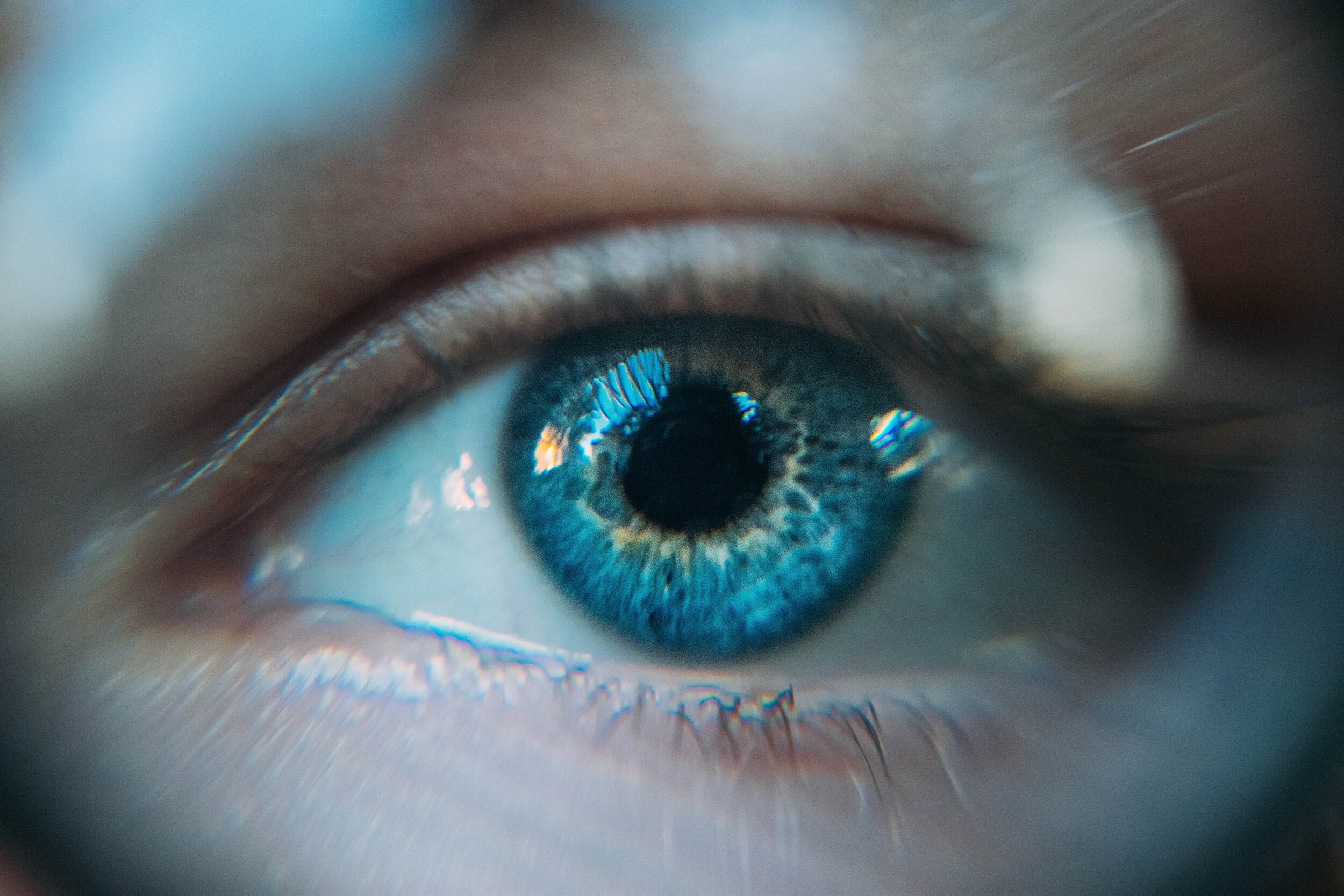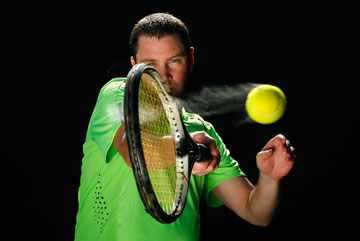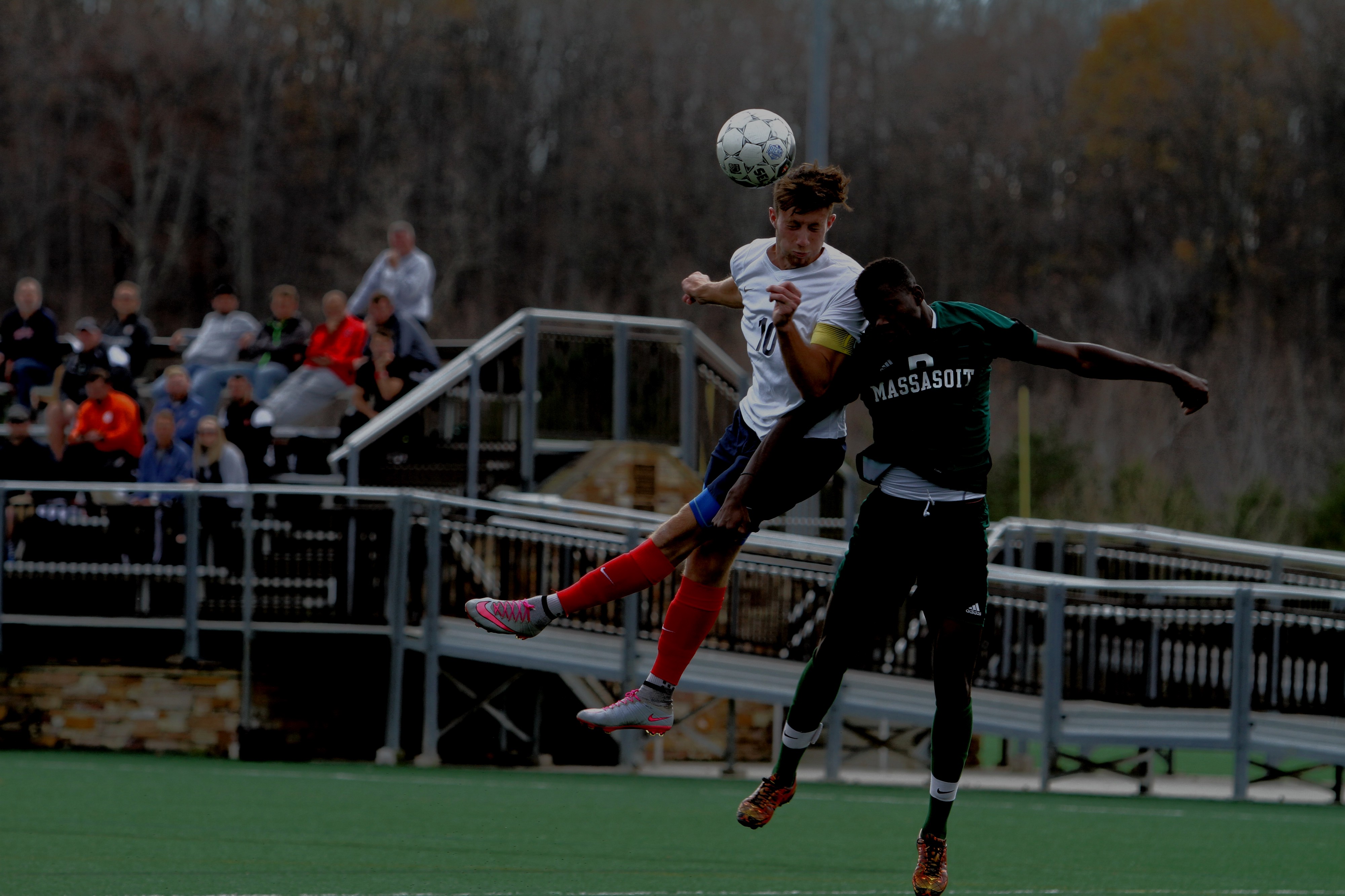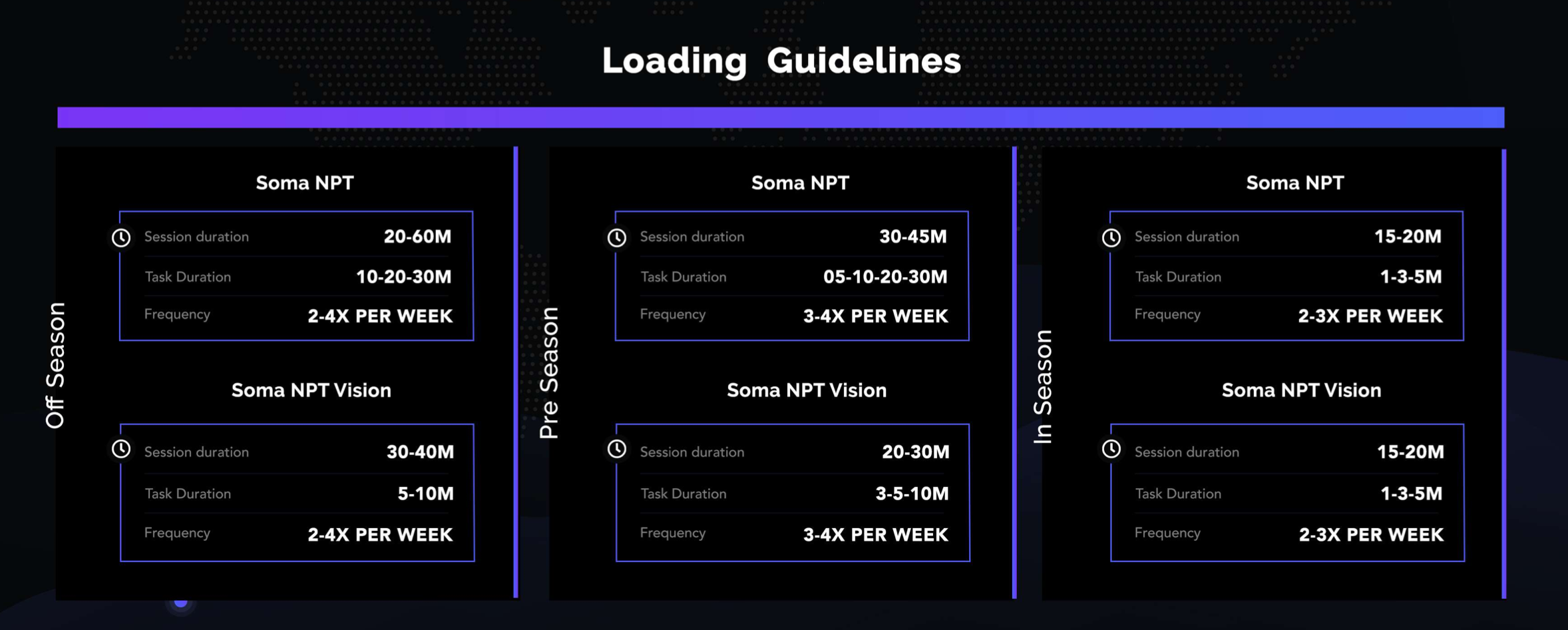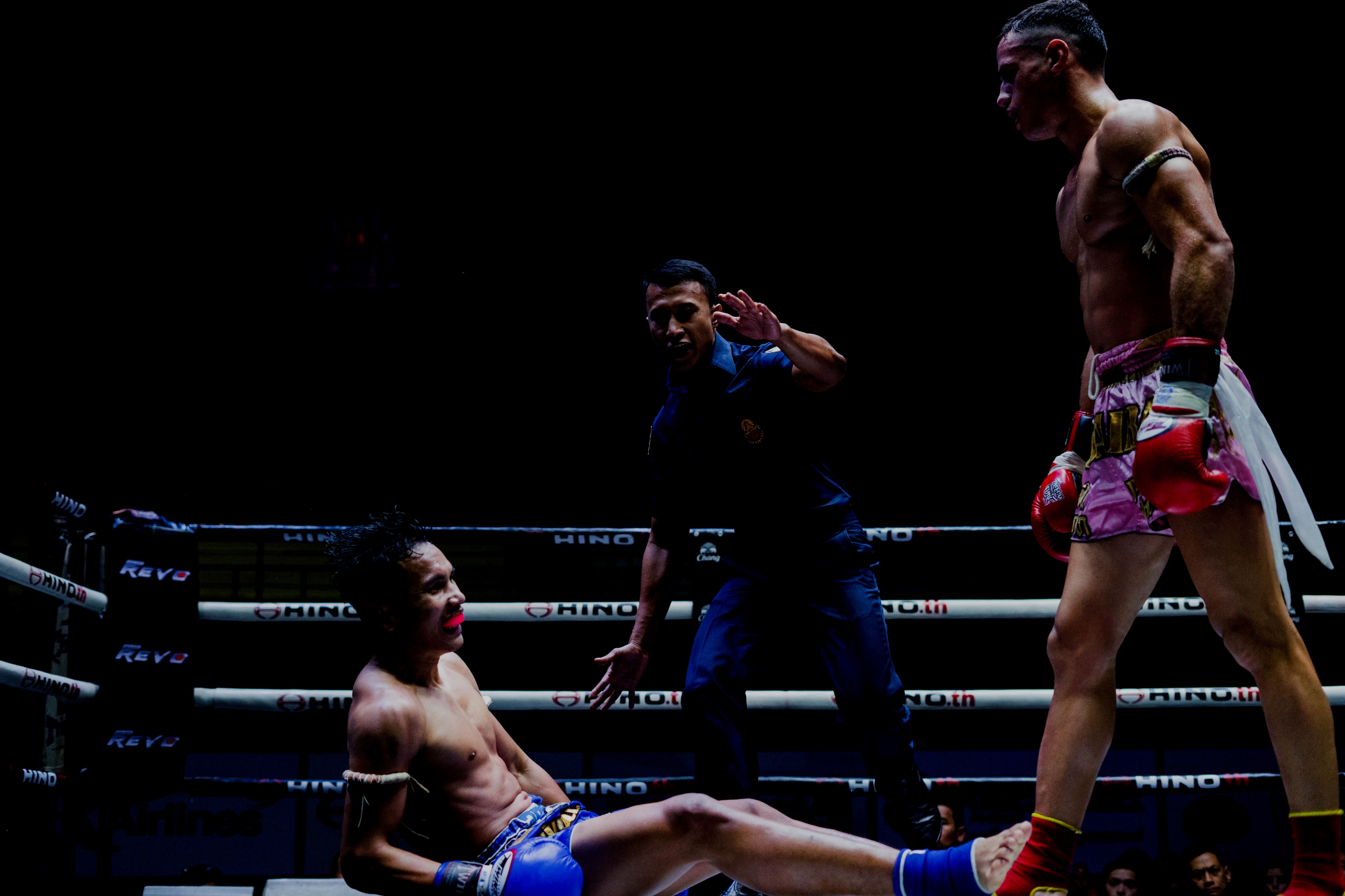
There are several forms of neuro-cognitive training available to athletes. There are pros and cons for each method and depending on your end goal, you will need to weigh up which is going to get you the results you are after and which is the easiest to adopt into your training regime.
The most effective and yet underestimated form of neuro-cognitive training is Brain Endurance Training or BET. This kind of training is well studied which means there is plenty of proof to say that it does work. It also takes work and intentional programming in order for you to reap the benefits.
Brain Endurance Training (BET) is a form of neuro-cognitive training that focuses on increasing an athlete’s neural capacity so they better withstand the effects of fatigue both mentally and physically. Brain Endurance Training focuses on inducing a certain amount of mental fatigue to create adaptations in the brain.
Cognitive tasks are used to induce mental fatigue in BET. These tasks can involve making the athlete make complex decisions, inhibit other decisions, and can emulate many of the cognitive skills commonly found in all sports. Performing these drills for extended periods of time fatigues the brain. As a result, the brain adapts by increasing neural capacity. The body adapts to the difficulty by increasing its ability to withstand the cause of fatigue.
CONS to BET
⁃ Not everyone understands that inducing mental fatigue is hard work and some athletes may not be cut out for it
⁃ Balancing mental fatigue levels with other physical training need programming and periodization which is easier with a coach or trainer
⁃ Coaches and trainers need some knowledge when implementing BET
PROS to BET
⁃ Well researched and proven to have a positive effect on athletic performance
⁃ Technology for training BET is portable, modern, accessible and easy to use
⁃ Outstanding results are possible when programs are adhered to
⁃ BET can be integrated into an athletes physical training program with flexibility
⁃ BET can be helpful for injured athletes, athletes in isolation or those who are traveling.
⁃ Coaches and trainers that up skill in BET are able to take the skill anywhere and will be more sought after in the future
Other forms of Neuro-cognitive training
There are other forms of neurocognitive training. Some utilize technology to deliver the tasks and others are a more old school that follows the non-tech route. Other forms still tend to be made up of cognitive tasks however they are not using these tasks to build an athlete up to a level of mental fatigue. Some tech products offer several tasks that can be used in a facility to add some neurocognitive elements to a team’s training regime. Several light systems on the market focus on decision-making as a form of neurocognitive training. However, it is important to note the difference here between exercising and training.
Exercising cognitively is very different from training cognitively. In the same way when we exercise vs when we train our bodies.
Exercise can be spontaneous and it can be without a linear goal in mind. Exercise can be fun and recreational and is not necessarily performed to fatigue. Exercise has many benefits and can be kept interesting because there is no specific program in place or requirement to meet. Exercise sessions do not have to build on each other and load does not have to be managed.

Training is very different. Training has an objective and each session should build to the ultimate goal or objective. Training is often planned, measured and load is carefully managed to avoid doing too much or too little. Training can be fun, but it is not always fun or interesting and regardless of this must be completed anyway. Training is not as recreational or spontaneous as specific things must happen.
When we look at other forms of neurocognitive training we should rename them as neurocognitive exercising. Many products provide tasks that can be used in an athlete’s training program to provide interest, fun, and add neurocognitive elements to a training session. Some products allow measurements and configurations in terms of session times, tasks and reaction time.
Pros to other forms
⁃ Limited knowledge required to implement
⁃ Can add interest to athletes workouts
⁃ Initial uptake from athletes can be higher
Cons to other forms
⁃ Not scientifically proven to have any benefit to athletic performance
⁃ No load management means athletes can over or under the train
⁃ Expensive light systems or large training screens are less portable than apps
⁃ Systems without programming have no objective and athletes can lose interest quickly once boredom kicks in
In conclusion
The real question is not what product is right for you, or even what kind of training is right for your athletes. The question is do you want to simply add something else to your training regime that ticks off that ‘neuro cognitive’ box?
If you are serious about getting real results then neurocognitive training will be more work to implement at the beginning but the rewards will far outweigh the effort it takes to get going. If you are simply looking to add something different to a workout and you are reluctant to up-skill in neuro and you are not looking for measurable results then neuro ‘exercise’ will suffice. The most important thing is that you are aware of what you are in for when you begin looking at neuro tech options. Before you decide to ask yourself these questions,
⁃ Are measurable results important?
⁃ Can I explain this budget spend?
⁃ Am I adding value and knowledge to my career in sport?
⁃ Is this system portable and usable in various situations?
– Am I looking to improve athletic performance substantially or simply add something different to workouts?
When you know the above, you will know which method suits you and your team or club. There are many other training to improve sports performance like BET, Neurotechnology, Vision training, etc. If you chose to simply add neuro exercise be aware that your competition may be working hard at neurocognitive training and if so, you will notice the difference when you meet them.















